“I played the solo perfectly – and there was silence in the room. It was crickets. Everyone was looking down, I couldn’t believe it”: Elliot Easton on The Cars’ early years – and the guitar solo that moved him to tears of rage
From playing a ukulele aged 3 to discovering the organic nature of signature guitars, he shares his secret to choosing the perfect gear first time round
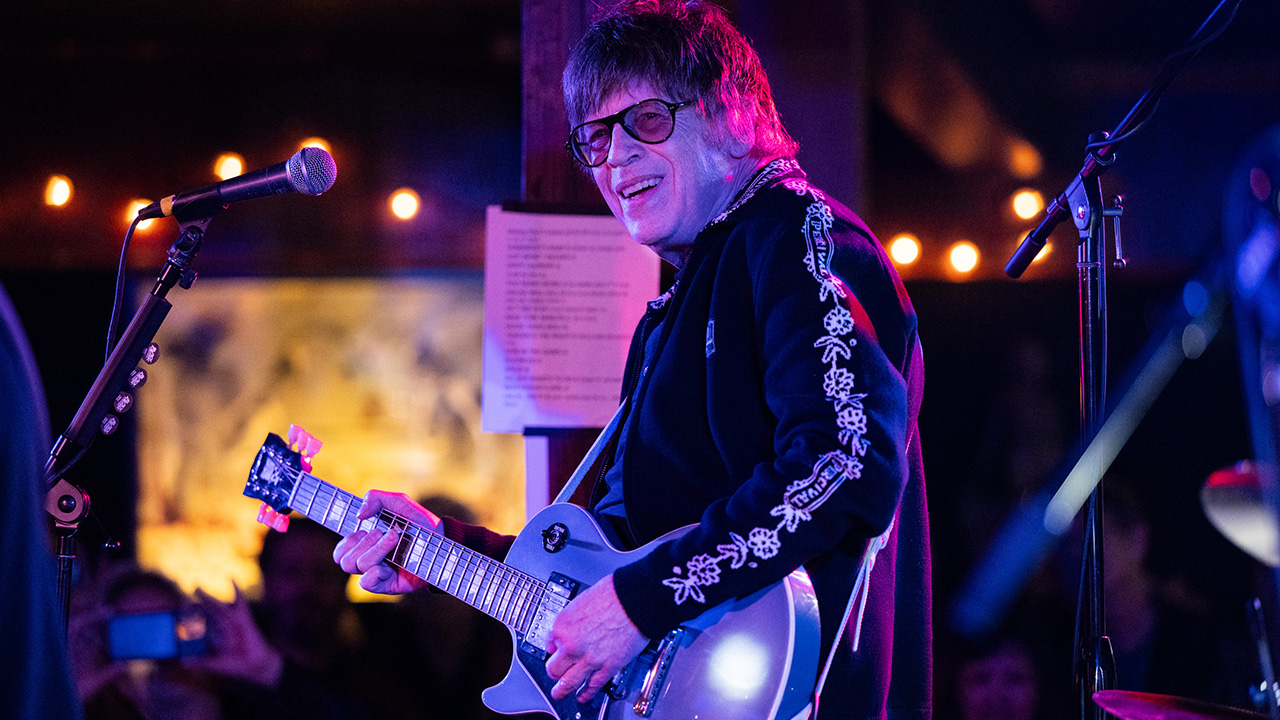
Even if you can’t remember the first time you heard The Cars – perhaps Just What I Need, My Best Friend’s Girl, Shake It Up or You Might Think – you probably remember how those songs made you feel. That’s the magic of their music; more specifically, the magic of Elliot Easton, whose slick licks and knack for pop melodies defined a generation of new wave-loving kids.
“If I recorded something and I had the feeling I could do better, I couldn't even sleep that night,” he tells Guitar World. “I’d be dying to get back to the studio to fix whatever was bugging me.
“In your music career you try to move the whole thing along a little bit, and maybe contribute something to the evolution, and add another link to the chain,” he adds.
Recalling that Nirvana covered My Best Friend’s Girl at their last-ever show, he continues: “To know that happened and that the next generation of bands listened to our band and drew inspiration is a great blessing and an honor.”
With the deaths of Benjamin Orr in 2000 and Ric Ocasek in 2019, The Cars’ days are gone – but their legacy is not forgotten (lately, Easton has been working with The Immediate Family and dabbles in Nashville session work).
“I’m very proud of it,” he beams. “All I ever wanted since I was the smallest of kids was to be in a great band that mattered – and that you could tell on the radio after a couple of notes that it was them.
“I got to realize my childhood dreams. We saw the top of the mountain together. We went through a lot together, and I’m so grateful for that experience.”
Get The Pick Newsletter
All the latest guitar news, interviews, lessons, reviews, deals and more, direct to your inbox!
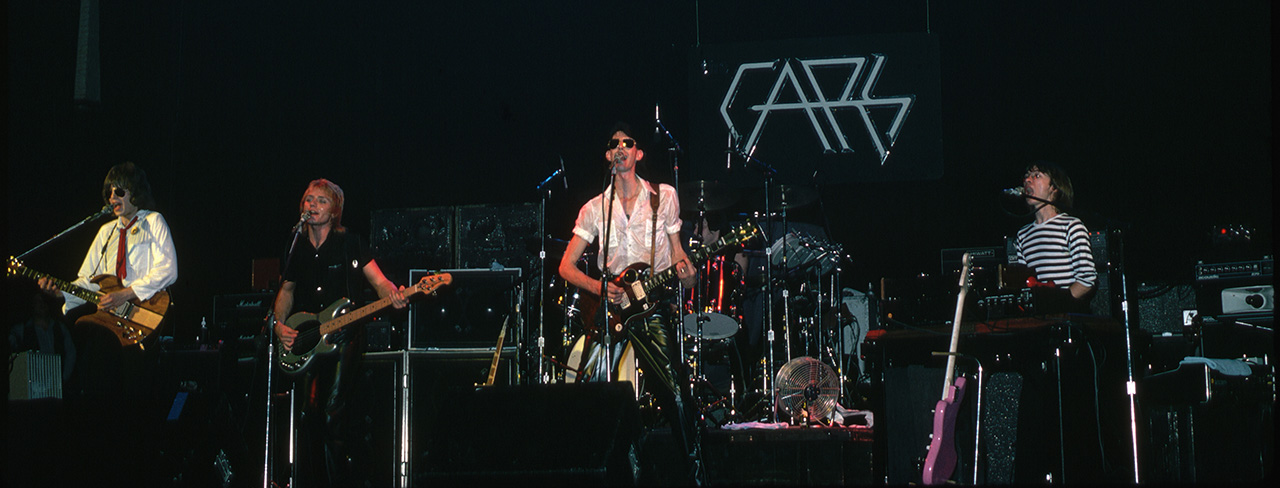
What first sparked your interest in the guitar?
“That started really young, at age 3. My mom was a Juilliard-trained singer who had her own radio show as a teenager in New York. She started me on Gershwin and classical and stuff like that.
“But TV was just coming in, and I was crazy about The Mickey Mouse Club show and cowboys. Both of those things had guitars. Jimmie Dodd hosted The Mickey Mouse Club, and he played a Martin guitar that was made to look like Mickey Mouse's face. And all the cowboys played guitars and stuff; I was attracted to that image of a guy with a guitar.”
I started trying to play some of the surf music in like ’61 – I was playing guitar before The Beatles came
Can you remember your first guitar?
“My family gave me a little plastic Mickey Mouse ukulele. I actually got melodies out of it, and they were astonished that I could do that as a baby; I could actually play a melody on this little toy guitar!”
The Mickey Mouse Club aside, who was your earliest influence?
“When I was 3, in ’56, I saw Elvis on TV, and that blew my mind. Not to the degree of, say, seeing The Beatles on Ed Sullivan, but it pointed me in the direction of the look of that cool-looking guy with a guitar, which was galvanizing to me.
“I had my mom comb my hair like his by combing it back and forth. I was like, ‘That’s wonderful,’ standing in front of the mirror, checking myself and my guitar out!”
Once you got going, did you have an idea of what sort of guitarist you wanted to be?
“I was just trying to learn the chords. But as I got a bit older I started trying to play some of the surf music like Wipe Out. That was in like ’61 – so I was playing guitar before The Beatles came.”
What was the local scene like as you were coming up?
“I grew up on the South Shore of Long Island, and played in a band in high school. We played a regular weekend gig at a bar in Massapequa Park – we used to alternate sets with a stripper! Suddenly, my dad took a great interest in my musical career. I would just see the back of his head because the stripper’s stage was in the other corner of the room!
“I played guitar in a band through high school. In my first year of college, I couldn't get the money together to go to Boston to Berklee. So I went to university in Upstate New York, near Rochester. I got a band up there after some guys heard me playing along with records in my dorm room.
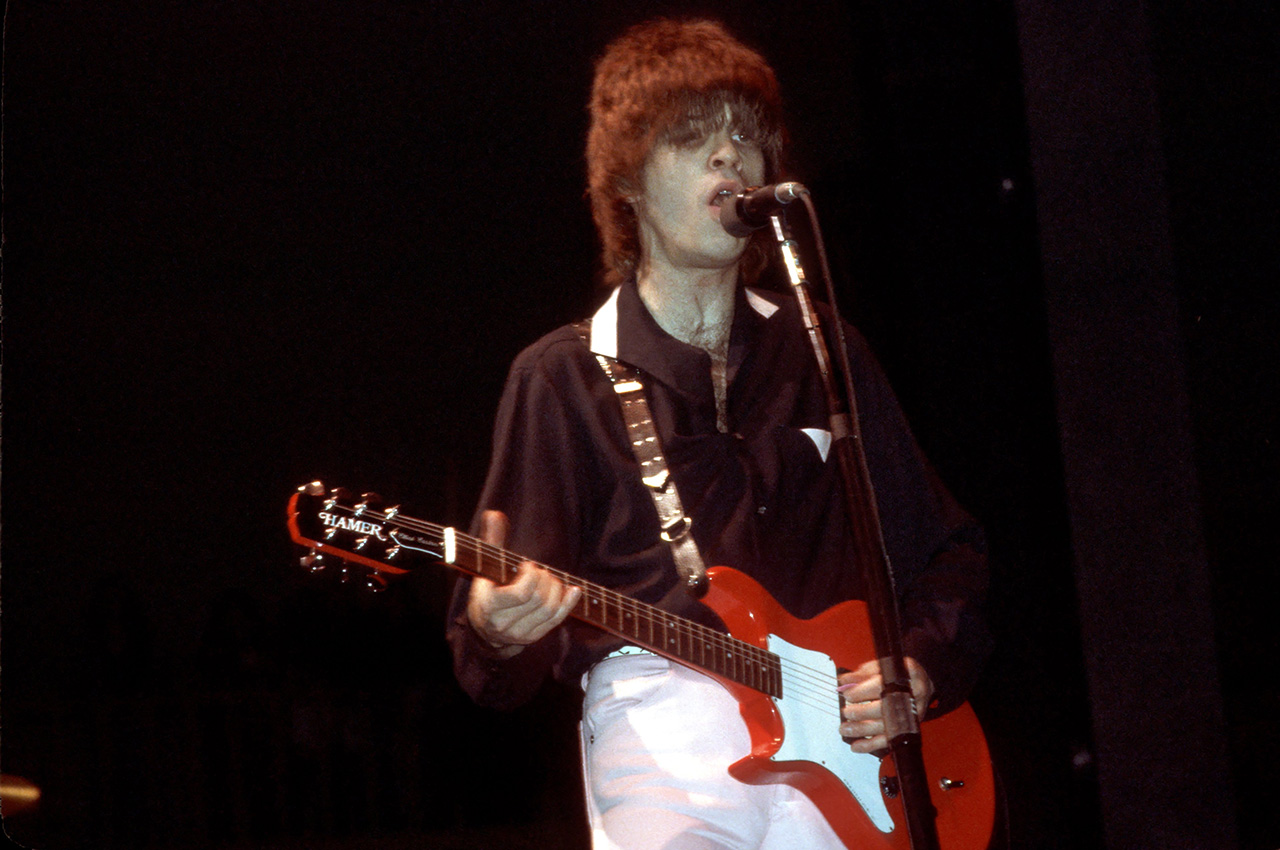
“I hardly went to classes because I really only went up there so I could move out of my house to be on my own. After that year, I got up to Boston and went to Berklee for two years, and started playing in local bands.”
How long did it take for you to hook up with Ric, Benjamin, Greg Hawkes and David Robinson?
“Boston had a small-town feel at the time, and the music community wasn’t that large. So just like everybody does, you met musicians on the scene, bands formed and broke up, and the best musicians on the scene formed two or three bands. And that’s what happened and how I met Ric.
They said, ‘Your image is all over the place. One guy should be in the Velvet Underground, and your bass player should be in the Grateful Dead’
“I had a roommate, Alan, who was also from Long Island; he wanted to be a sound man. He saw this ad in the Boston Phoenix for a band looking for a sound man. I had nothing going on that night, so I went along with him to this gig, and it turned out to be a Warner Brothers party for Foghat at this roller-skating rink outside Boston.
“The band they had hired, the entertainment, was called Richard and the Rabbits, which consisted of Ric, Ben, Greg, and some other guys. That band broke up, and Ric and Ben started performing in Harvard Square; Ben played bass, and Ric played a Martin acoustic guitar. They sat on stools, and my roommate would handle the sound, then jump in and play percussion.
“The whole time he kept telling them, ‘You’ve got to hear my roommate, Elliot. He’s an amazing guitarist.’ He really kind of overhyped me; but eventually they invited me over to Ben's apartment. I brought my guitar and Ben was just kind of sitting across from me, arms folded.
“Ben goes, ‘Okay, play something amazing.’ Naturally, when someone says something like that to you, you freeze up and can’t play at all! But we eventually had a laugh and started playing, and it sounded good.
“They seemed to like what I was adding to the music, so I started going down to their duo gigs and sitting in with them. And out of that grew a band called Cap’n Swing.”
That band did pretty well, right?
“Cap’n Swing was Ric and myself, Ben, and Danny Lewis on keyboards – who plays with Gov't Mule now – and a bass player. We played around Boston a lot, and our demo tape was getting played. We knew we needed a manager so we booked this showcase at Max’s Kansas City in New York in ’76, A lot of big-name rock ’n’ roll managers were there to see us.
“Leber and Krebs, who had Aerosmith, and Bill Aucoin, who had Kiss, were there. They came to see us play our set and gave us some really good constructive criticism.
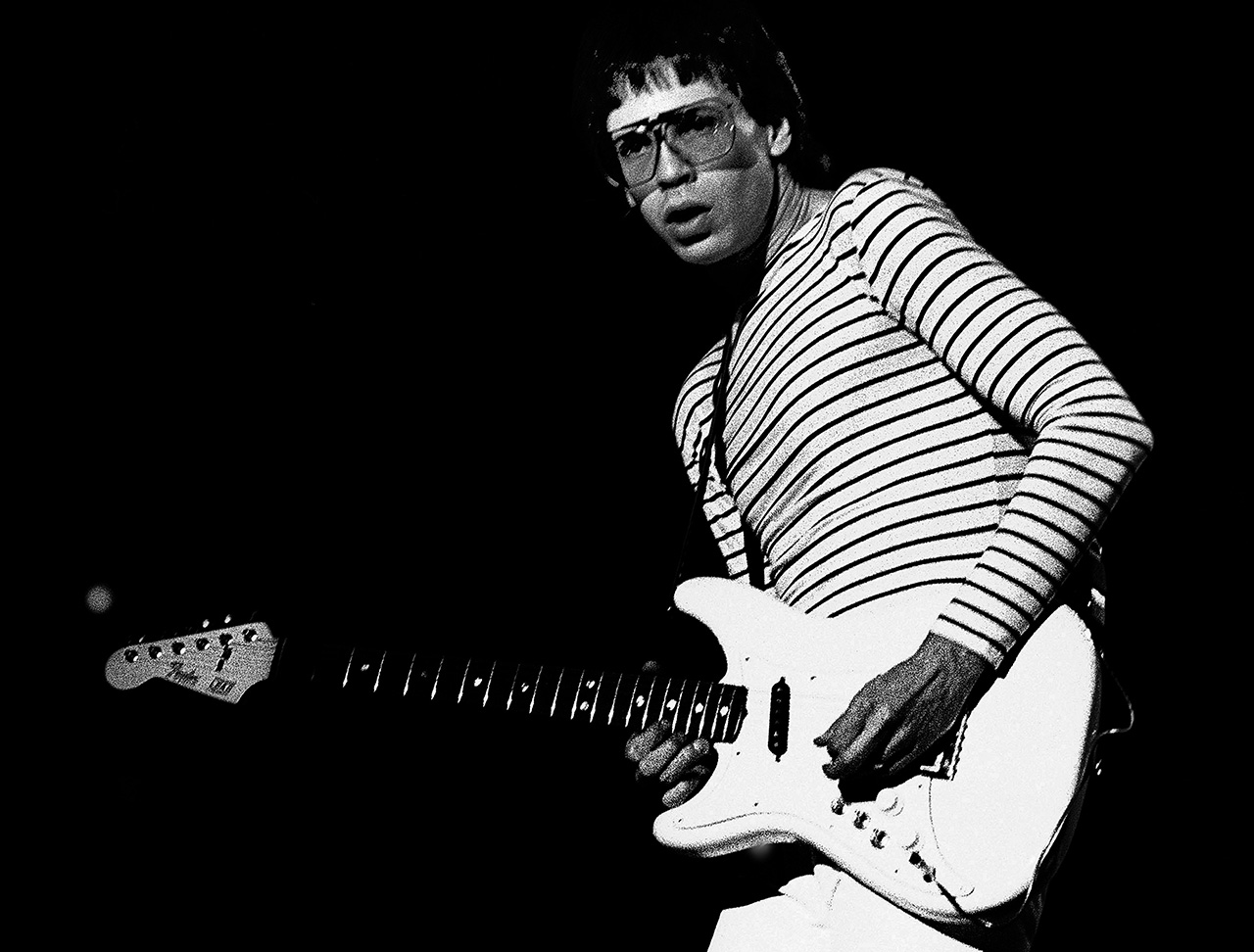
“They said, ‘First of all, your image is all over the place. One guy looks like he should be in the Velvet Underground, and then your bass player should be in the Grateful Dead.’ Ben’s wife had made him this silk karate outfit; it was like terrible pajamas!
“They said, ‘The songs were great, but you need to be more concise – you’re a little too jammy and the solos were too long.’ Rather than be defensive about it, we took their advice to heart.
I could really only afford one guitar… I sold the SG, went to New York and got a Gibson Les Paul Standard
“We went back to Boston with our tails between our legs and knew that we had to change things – and that was the beginning of The Cars. Cap’n Swing ended, Greg came back to playing with us, we got David from the Modern Lovers, and we started growing from there.”
What led to The Cars signing with Elektra Records?
“So many people were coming to see us that they would make two shows out of it. A line wrapped around Lansdowne Street all the way to Fenway Park, and they’d empty one house and fill another. So we knew something was happening.
“And then the big break came: we made this demo tape of Just What I Needed and My Best Friend’s Girl. Maxanne Sartori – one of the top DJs on WBCN in Boston, who was kind of our guardian angel – started playing our demo in heavy rotation, which could never happen today, and it was getting reported in radio tip sheets.
“Every radio station in the country was getting these tip sheets. For Boston, it said things like Back in Saddle by Aerosmith and then maybe Goodbye Yellow Brick Road by Elton John, and it had Just What I Needed, so our song was getting reported nationally.
“A&R guys were looking at this, and they started flying up to Boston from New York to check out the band. And that’s more or less what led to us getting a recording contract.”
In those early days, what did your rig look like?
“We really didn’t have much money. In the earliest days I was playing a Gibson SG Special, and I was using an Ampeg VT-40 that I got a deal on. I could really only afford one guitar; sometime after that I sold the SG, went to New York and got a Gibson Les Paul Standard.
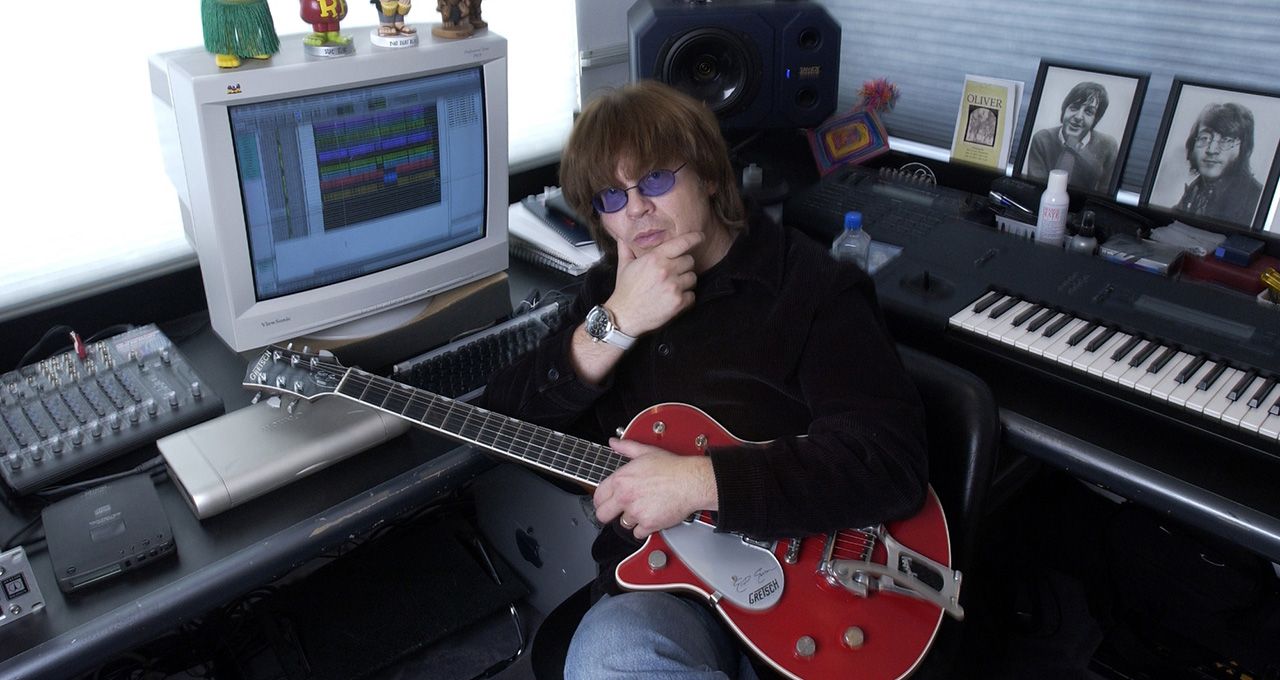
“I used that on the first Cars record. I had the guitar refinished to red with a black back. But it was originally a Tobacco Sunburst; just a regular Les Paul Standard.”
Did you modify it any further?
“It had DiMarzio Super Distortion pickups in it because that was the hot thing at the time. But really, there was virtually nothing in the way of effects for the whole first album. I had the first Boss Chorus [CE-1] and a Moorley Echo Volume [EVO-1], which was like a magnetic disk that made echo delay.
You’ve got your whole life to prepare for your first album, then for the second, you’ve got six months
“But I didn’t use any of that in the studio. I didn’t need a delay effect because the studio had the tracks to make slapback and delay.”
Can you remember putting together the solo for Just What I Needed?
“All those solos were sort of composed by the time we went to do the first album. We’d been playing those songs in clubs for a year, so we were pretty well prepared to make the record. I had my solos worked out because I’d been playing them for months.
“We went to England to make the first record with [producer] Roy Thomas Baker. We did it at AIR Studios, and it took 12 days to record and nine days to mix. It was done within 21 days. We knew our parts so well that all we had to do was regurgitate them onto tape.”
Did you have anything on hand aside from the Les Paul?
“For the first record I had the Les Paul, and we might have had a Marshall cabinet. I also had a Fender Telecaster that I was able to get with a little advance of money from the record label – that was the guitar for My Best Friend’s Girl. And I bought a Martin D-35, which you can hear on the first album very faintly during the little instrumental breaks on All Mixed Up.”
Moving forward to the Panorama album, legend says that your solo from Touch and Go has a fascinating story behind it.
“You’ve got your whole life to prepare for your first album, then for the second, you’ve got six months. While we were making those records, Roy liked to do those massive background vocals, like he did with Queen. He needed a lot of empty tracks to do that, which meant we didn’t get to the guitar parts for a while.
“So I would take a cassette of the basic track back to my hotel and work on parts and solos. I worked on the Touch and Go solo for a few evenings and got it to where I really liked it. I felt like I’d stretched out a little bit. There was a little bit of a jazzy, Steely Dan kind of thing, and I was proud of it.
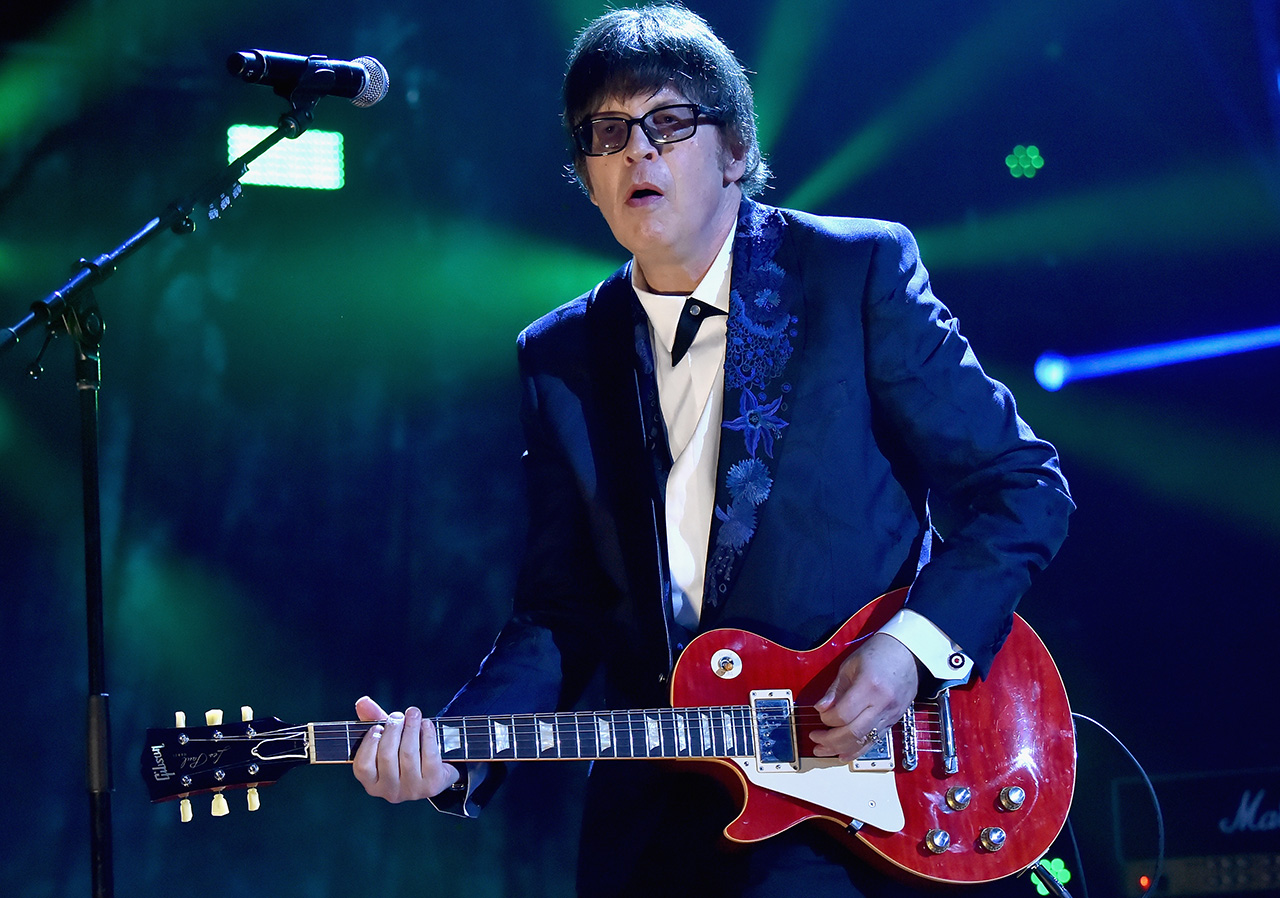
“The next day, I went into the studio to record it, and, of course, I was excited. So, I played the solo perfectly – and there was silence in the room; it was crickets. Everyone was looking down; I couldn’t believe it.
“They had me try other approaches; it got so spun out that they had me try to do like a Wichita Lineman solo on bass with tremolo. Finally I just blew up. I was like, ‘Fuck this, man. I’m playing the solo.’ I put the bass down, grabbed my guitar, and had tears in my eyes because I was so upset and angry.
We joked that we should retitle our first album Greatest Hits since there are so many hits on that record!
“They ran the track, and I just played it in one go; I just ripped through it. And they went, ‘Yeah, that’s it!’ I said, ‘What are you talking about? It’s the same solo!’ They said, ‘Well, before, it sounded like you were thinking about it too much.’”
Looking back on your career with The Cars, what do you feel is your most overlooked solo?
“There’s obviously the ones that people ask about, like Just What I Needed, My Best Friend’s Girl and Touch and Go. But I thought there was a good one on It’s All I Can Do; and Don't Cha Stop was a good one.
“You’re All I’ve Got Tonight and Magic have cool solos on them, and another is Tonight She Comes. But I’m pretty happy; I never left anything on a record I couldn’t live with.”
Which of The Cars’ records means the most to you?
“The first two – The Cars and Candy-O – because they were the beginning of the band. Everything was going on the up, and every day there was something new and exciting happening.
“The first album would probably be my favorite just because it seems like everybody’s favorite. We joked that we should retitle that album Greatest Hits since there are so many hits on that record!”
You’ve had several signature guitars over the years; is there anything new to report there?
“I’ve had five signature guitars, starting with a Kramer in the ‘80s. Gibson put out two; my SG and the Tikibird [Firebird]. I have a Martin HD signature acoustic and a Gretsch [G6128T] Duojet.
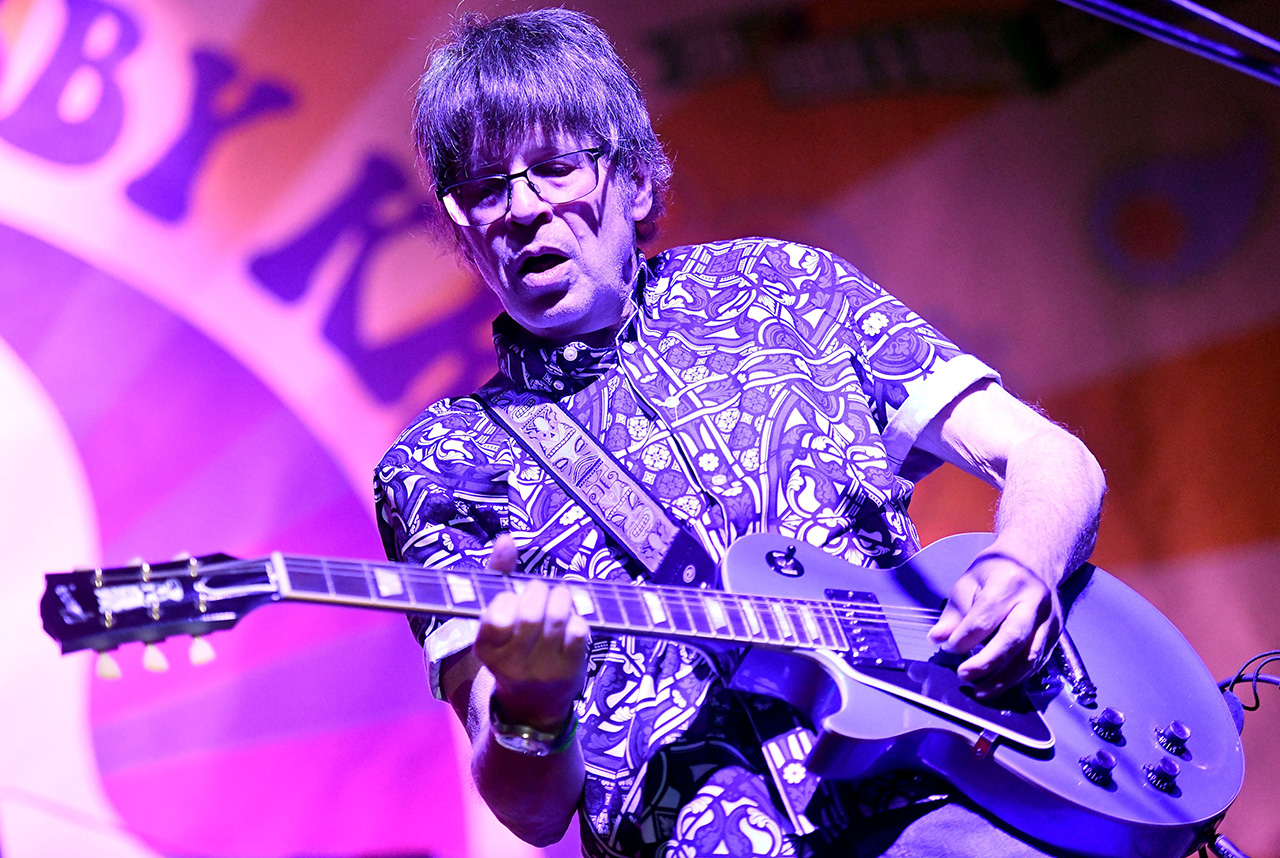
“The signature thing kind of happens organically. You develop a relationship with a company and maybe have a cool idea for a guitar; and if they’re receptive, it can happen. But you have to be realistic and understand that most people buying signature guitars are younger, so there’s a next generation of signature models.”
Are you working on new music or planning to tour?
“I’m playing shows with The Immediate Family, which includes Waddy Wachtel, Danny Kortchmar, Russ Kunkel, Steve Postell and Leland Sklar. Waddy has been Stevie Nicks’ musical director since maybe even before Fleetwood Mac. She got sick last spring and had to cancel a tour, so they moved it to this year.
I found that if I could visualize the sound in my mind I would automatically go for the right gear
“Waddy couldn't do both, and the guys asked me – they said they had nobody else on their list. I was so honored to be doing it. It’s always fun to try and cultivate those relationships.”
What advice would you offer to the young guitarists out there?
“Hear the sound in your head first. Hear your voice, hear your sound, and you’ll go to the right amp, guitar and effects. I found that if I could visualize the sound in my mind I would automatically go for the right gear.
“All gear is just tools to get what’s inside your head out. And the guitar is like a paintbrush, so that’s where it’s at.”
Andrew Daly is an iced-coffee-addicted, oddball Telecaster-playing, alfredo pasta-loving journalist from Long Island, NY, who, in addition to being a contributing writer for Guitar World, scribes for Bass Player, Guitar Player, Guitarist, and MusicRadar. Andrew has interviewed favorites like Ace Frehley, Johnny Marr, Vito Bratta, Bruce Kulick, Joe Perry, Brad Whitford, Tom Morello, Rich Robinson, and Paul Stanley, while his all-time favorite (rhythm player), Keith Richards, continues to elude him.
“The main acoustic is a $100 Fender – the strings were super-old and dusty. We hate new strings!” Meet Great Grandpa, the unpredictable indie rockers making epic anthems with cheap acoustics – and recording guitars like a Queens of the Stone Age drummer
“You can almost hear the music in your head when looking at these photos”: How legendary photographer Jim Marshall captured the essence of the Grateful Dead and documented the rise of the ultimate jam band












